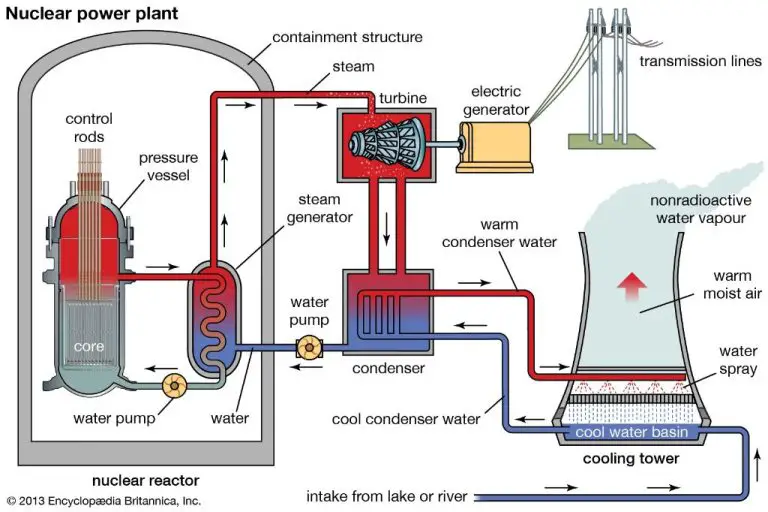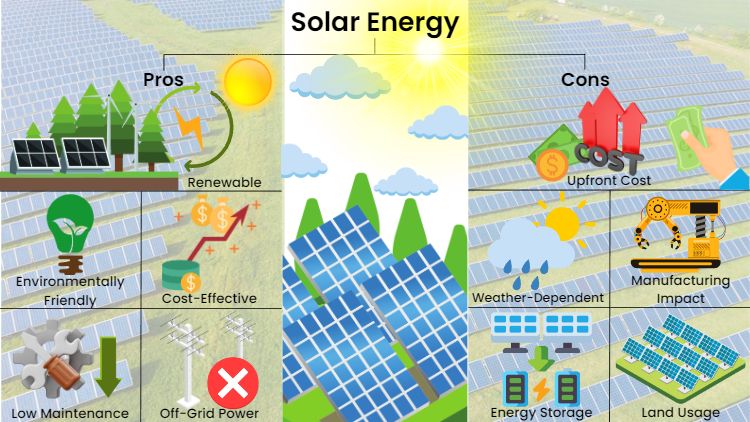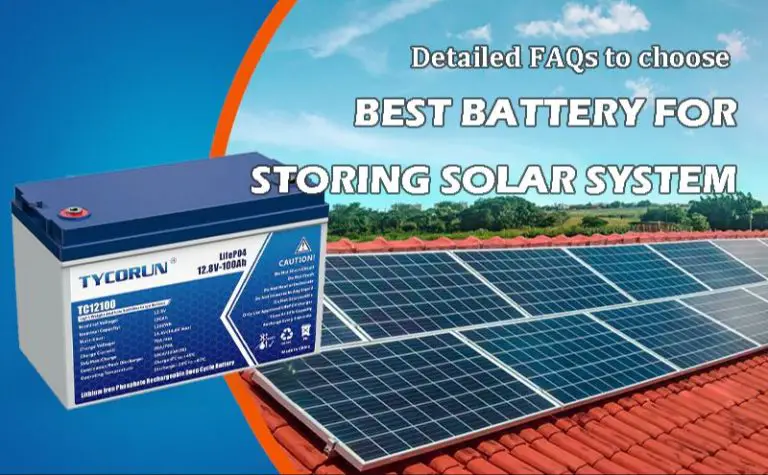Is Solar Energy Yes Or No?

Solar energy is one of the most promising renewable energy sources available today. It harnesses the sun’s energy and converts it into useful electricity using photovoltaic panels or concentrated solar thermal plants. While solar has many benefits, like lower environmental impact and energy independence, it also comes with some drawbacks that need to be considered based on each situation. This article provides a balanced look at the main pros and cons of solar power to help determine if it’s right for you.
Introduction
Solar energy has emerged as an attractive renewable energy option over the past few decades. The amount of solar radiation that reaches Earth’s surface every hour is more than the world’s total annual energy consumption. Advances in solar panel technology, financial incentives, and dropping costs have made solar power generation competitive in many regions. However, solar power also has some limitations. Determining if solar energy is a good option depends on evaluating the unique pros and cons based on factors like location, policies, incentives, costs, and more. This article weighs the main advantages and disadvantages of solar energy to provide a balanced perspective.
Costs of Solar Energy
The upfront installation cost for solar panels can be high, averaging between $10,000-$25,000 according to the Center for Sustainable Energy[1]. However, solar incentives like tax credits can reduce these costs significantly. Once installed, solar panels have very low maintenance costs and last over 25 years.
Electricity from fossil fuels costs between 5 and 17 cents per kilowatt-hour, while solar energy costs average between 3 to 6 cents per kWh[2]. Although solar requires a large upfront investment, studies show solar reaches cost parity with fossil fuels in just a few years[3]. Over a system’s lifetime, solar provides cheaper energy than coal or natural gas.
With installation costs falling and efficiency improving, solar energy is now cost competitive with conventional energy sources. Lower electricity bills also mean the panels pay for themselves quicker, making solar an affordable long-term energy solution.
[1] https://www.energy.gov/eere/solar/solar-faqs
[2] https://www.consumeraffairs.com/solar-energy/solar-vs-fossil-fuels.html
[3] https://www.energysage.com/about-clean-energy/solar/solar-energy-vs-fossil-fuels/
Environmental Impact
Solar energy has several positive effects on the environment compared to fossil fuels. By generating electricity from the sun rather than coal, oil, and natural gas, solar energy reduces air pollution and greenhouse gas emissions (1). Studies show that life cycle carbon dioxide emissions from solar photovoltaics are over 95% lower than coal and about 90% lower than natural gas per kilowatt-hour (2). Solar energy production also avoids the adverse impacts of coal mining and natural gas fracking on local land, air, and water.
However, utility-scale solar developments have raised some concerns about land use changes and effects on wildlife. Areas with high solar insolation often overlap with habitat for endangered species in the southwest United States. Siting must be managed carefully to minimize grading, fragmentation, and other habitat disturbances. Research shows effects are greatly reduced when projects are co-located in already disturbed areas like abandoned mining land. With proper siting and mitigation strategies, solar energy facilities can reduce lifecycle environmental impacts compared to fossil fuels (3).
Overall, solar energy has significant environmental advantages over conventional energy sources by reducing air pollution, minimizing the use of water for electricity generation, and lowering greenhouse gas emissions that contribute to climate change.
Sources:
(1) https://www.eia.gov/energyexplained/solar/solar-energy-and-the-environment.php
(2) https://www.ucsusa.org/resources/environmental-impacts-solar-power
(3) https://www.energy.gov/eere/solar/solar-energy-wildlife-and-environment
Reliability
One common concern about solar energy is its reliability due to the intermittent nature of sunlight. However, studies show that solar power systems are actually quite dependable.
According to a recent NREL study, solar panels are extremely reliable and have a long lifespan. Between 2000 and 2015, 54,500 panels were placed, according to the report, which discovered the failure rate to be less than 0.5 percent over 25 years. This demonstrates that, once installed, solar systems can generate electricity for decades with minimal maintenance (Source).
Overall, solar panels are a highly reliable technology that provides clean, renewable energy for many years. As long as you properly maintain the solar panels and invertors, the system will continue generating electricity during daylight hours for the duration of its 25+ year lifespan (Source).
To address solar intermittency, energy storage solutions like batteries can store excess solar energy for use when the sun isn’t shining. Grid interconnection also allows supplemental power to be drawn from the grid if needed. With proper system design, solar energy can provide very reliable electricity generation.
Job Creation
The solar industry has created a significant number of jobs in recent years. According to the Solar Jobs Census, there were over 250,000 solar jobs in the United States in 2021, representing an increase of over 20% from 2020. Most of these solar jobs are in installation, project development, manufacturing, and other related occupations. Globally, renewable energy employment jumped by over 700,000 jobs in 2021 to reach 12.7 million, as reported by the UN. The rapid growth of the solar industry is providing new economic opportunities and helping drive job creation.
In addition to direct solar jobs, the solar industry supports induced jobs in supporting industries and communities. One study by the Solar Foundation found that for every 1 job created in the solar industry, an additional 1.5 jobs were created in other sectors of the economy. The solar industry contributed over $22 billion to the US GDP in 2021. With continuing cost declines and supportive policies, the solar industry is poised for further growth, which will lead to more jobs and economic benefits.
Grid Integration
Integrating solar energy into the electrical grid can be challenging due to the decentralized and intermittent nature of solar power generation. However, smart grid technologies and upgrades to transmission infrastructure can facilitate solar integration.
Solar panels produce DC electricity that must be converted to AC power to sync with the grid. The output from solar systems varies with weather conditions and time of day. This presents difficulties in balancing electricity supply and demand (Solar Systems Integration Basics).
Smart grid technologies like advanced metering, battery storage, and demand response programs can smooth out the variable solar supply. Smart inverters with grid support capabilities also enable two-way communication between the solar system and utility (Integrating Solar Energy into the Grid Challenges and Remedies).
Upgrading transmission lines can prevent bottlenecks and allow solar power to be shared across wider geographic regions. Regional coordination of electricity markets and operations can also integrate solar more seamlessly.
Policy Support
Government subsidies and incentives have played a crucial role in accelerating solar energy adoption. The federal government offers a 26% investment tax credit (ITC) for installing residential and commercial solar systems, which helps offset the upfront costs (https://www.energy.gov/solar). Many states also offer additional incentives like rebates and tax exemptions to further lower costs and encourage solar installation. For example, New Jersey offers a sales tax exemption on solar panel installations (https://solsmart.org/resource/the-federal-and-state-context-policies-affecting-solar-energy-development).
Equally important is establishing stable, long-term policies like solar renewable energy credits (SRECs) and net metering. SRECs provide solar system owners tradeable credits for the renewable energy they produce. Net metering allows solar customers to get credit for excess energy fed back to the grid. By ensuring proper compensation for solar energy production over the lifespan of a system, policies like these provide the certainty needed to stimulate solar investment and growth (https://www.seia.org/initiatives/federal-state-regulatory-policy).
Public Perception
The public overwhelmingly supports solar power, with 89% of Americans in favor of more solar panel farms, according to a 2016 Pew Research Center survey (source). However, some concerns remain around the aesthetics and placement of solar installations.
While solar panels have become more streamlined and less obtrusive over time, some people still find large solar farms unsightly or out of place in natural landscapes. This can lead to NIMBYism (Not In My Backyard) attitudes when solar projects are proposed for local communities. Concerns around glare, viewsheds, and property values often arise.
The solar industry has responded by designing solar arrays to better blend in with surroundings, minimize glare, and avoiding highly visible locations when possible. Community outreach and education around the benefits of solar can also help address NIMBYism. But aesthetics and local siting concerns remain an ongoing public perception issue for the solar industry to navigate.
Future Outlook
The future of solar energy looks very promising as costs continue to decline and adoption is projected to grow substantially. According to research from MIT (The Future of Solar Energy), the cost of solar has dropped 10% with every doubling of installed capacity. This trend is expected to continue, making solar increasingly cost competitive with fossil fuels.
Global solar capacity is forecast to grow from over 500 gigawatts today to over 8,500 gigawatts by 2050. Key regions leading this growth include China, the United States, and Europe (The Future of Solar Energy).
Advancements in technologies like perovskite solar cells, organic photovoltaics, and solar thermophotovoltaics promise to further increase efficiency and lower costs. Continued innovation and research into solar technologies will be crucial to realize the full potential of solar energy.
Conclusion
In conclusion, solar energy has both advantages and disadvantages that must be weighed for each unique situation. The main points are:
-
Solar power can be cost-effective in the long run, but has high upfront installation costs.
-
Solar energy has environmental benefits by reducing reliance on fossil fuels, but still has some ecological impacts.
-
Solar power can provide reliable electricity but depends on sunlight availability and grid connections as backup.
-
The solar industry creates many new jobs, though they require specialized training.
-
Integrating solar into the existing electric grid brings technical challenges that require infrastructure upgrades.
-
Government incentives and policy support can accelerate solar adoption, but regulatory changes introduce uncertainty.
-
Public opinion tends to favor solar energy, but some oppose its visual impact and land use changes.
-
Advanced solar technologies and falling costs will expand solar power going forward, but its full potential depends on local conditions.
The viability of solar power ultimately depends on the specific circumstances, needs and values of each location. There is no universal yes or no answer for all situations. Solar energy can play a major role in a clean energy future if implemented properly at the right scale.






